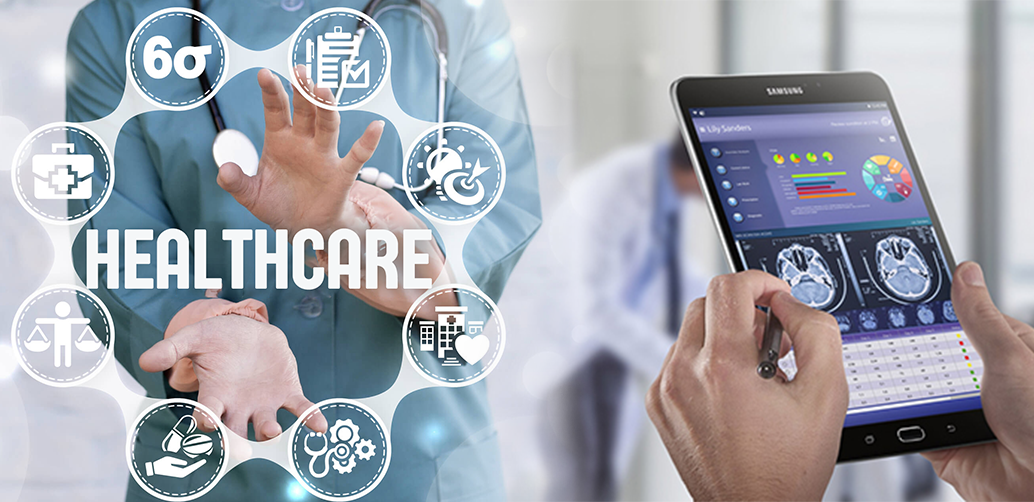The healthcare systems spend billions yearly to continue using manual administrative processes for basic transactions. As advancement in technology has become the backbone of all spheres of life. Use of technology in prior authorization could be made-easy and save time too. In the healthcare sector, manual administrative functions continue to be burdensome and paper, or fax-driven. This implies cost-saving is just set apart.
Healthcare technological solutions include a non-profit research firm and HIPAA electronic administrative transactions. Despite steadily streamlining the business end of the healthcare sector, it has raised concerns regarding costs spent on manual processes. And have also released detailed reports on how to harness more savings by adding automation and AI-powered tech to this administrative marsh.
The industry has a golden opportunity to save an additional $16.3 billion by complete automation of certain manual transactions. It is no new transition and common to observe replacement of manual processes with electronic, real-time transactions in healthcare sectors is meaningful, productive, and highly cost-efficient. As per the senior vice president of a non-profit research firm, relying on inefficient technologies such as fax machines for prior authorizations makes it more time-taking and pricey.
Understand why implementing automation fits in healthcare?
Machine learning applications and diverse roles of artificial intelligence are proliferating and improving day-by-day. Explorations are happening to analyze how to increase its involvement in various fortes. The reason behind implementing automation in healthcare is certainly because technological advancements are catching up to the need. Signs of improvement of automation are constantly visible over the past years. Till 2020, the share of automated prior authorizations stood at about 13%. This is shot up to 21% in a year which is the largest observed increase.
The beginning of an upcoming trend. This drift will furthermore help usher the technology into mainstream use in healthcare. As a subject to change, it may turn better given that health plans, vendors, and providers keep switching to prior authorization automation. This will always lead to improving the standards.
The providers have started caring really about it as they want to get paid instantly. Studying in the index, almost 96% of claims transactions move very speedily and all of them are electronic. This made the industry begin there, and also with eligibility transactions”.
The amazing part of the introduction of automation is on one side the cost of manual transactions is increasing while luckily on another side the cost of automation is decreasing. This is an outcome of the continuous development of efficient electronic processes.
A continued force is required to continue this trend, as the layers of complexity are constantly adding to the healthcare industry. A lucid detailing on a prior authorization is essential to maintain the switch towards technology from value-based payment models.
The businesses are trying to keep themselves structured in the best ways to accept and assist them, as headways and complexities are evolving persistently. The businesses are not as updated as they should have been, so complex needs are moving to the manual process. Therefore, it is utterly important and high-time to put in the energy to enhance manual transactions”.
The figures of annual savings opportunity by harnessing the power of automation are tentative. This is fluid and could keep being hi-low each year. So, to achieve savings in this context, a healthcare industry shall have to put effort invariably.
Todd also mentioned,” It’s on the part of the industry to take a favorable call and stay engaged to look at how transactions can be improved and keep them up-to-date.”
Must also note how is automating the Manual Processes beneficial?
In the healthcare industry automation of manual processes will not just be beneficial, rather it will tend to turn the complex functions more managed and efficient. Hereunder are mentioned how automated processes can be beneficial.
- Brings Clarity: Through automation better clarity and complete understanding of the entire work, the process could be easily attained.
- Results in higher efficiency: Adopting an automated process could result in higher efficiency by minimizing errors and redundancies as compared to the manual process.
- Yield better customer experience: A sure shot method to make customers happy and satisfied as SLAs can be met consistently with the automation of workflow.
- Reduces time and costs: Adoption of automated processes facilitates time and cost savings by eliminating wasteful practices and resulting in faster turnaround.
- Easy to manage the efficient allocation of resources: Full-time employees can be efficiently used to do high-value work as mundane tasks are completed by automating them.
- Easier achievement of compliance: Audit trials and regulations can result in enabling compliance through automated processes.
- Insightful: Helps in gaining deep insight into the entire process with analytics and reports generated by workflow automation software aiding to the decision-making.
- Effortlessly scale in the response: Through automation of manual processes, it’s easy to scale in response to an increase in demand.
- Maintain transparency and accountability: Automated processes make it easy to generate status reports highlighting every individual’s accountability.
- Also, possible to keep all stakeholders in the loop, increasing transparency.
Henceforth, transitioning from a manual process to an automated process can ensure an organization moves smoothly ahead on the path to continuing growth.

 Web and Full Stack
Web and Full Stack CMS and Frameworks
CMS and Frameworks Online Marketing
Online Marketing Cloud Services
Cloud Services ECommerce
ECommerce Mobile
Mobile



